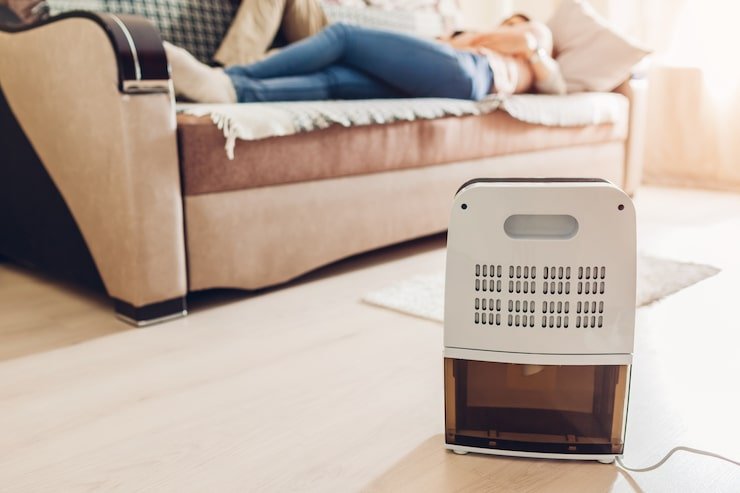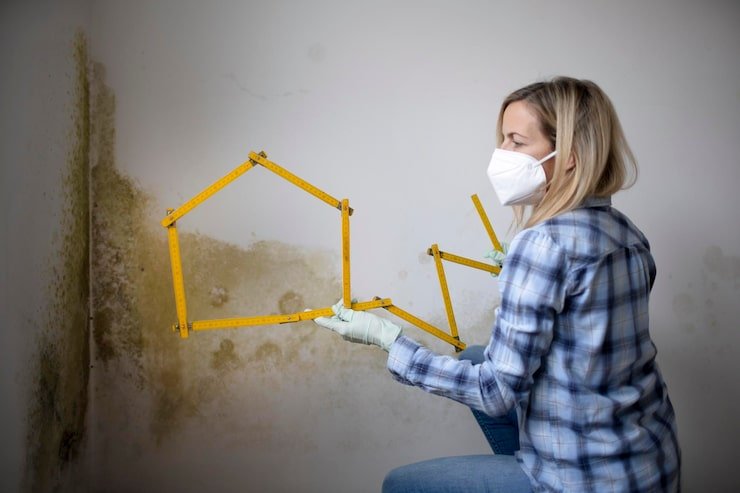How to Improve Basement Air Quality and Mold Growth
- admin323029
- Blog

How to Improve Basement Air Quality and Mold Growth: Basements can be versatile spaces, serving as anything from storage areas to cozy living spaces. However, they are particularly susceptible to humidity and mold problems due to their underground nature and lack of ventilation. Preventing humidity and mold growth in your basement is crucial not only for maintaining its usability but also for protecting your home’s overall structural integrity and your family’s health. In this blog post, we will explore effective strategies to keep your basement dry and mold-free.
1. Identify and Fix Any Leaks
The first step in preventing humidity and mold growth in your basement is to identify and address any potential sources of moisture. Check for leaks in your foundation, walls, and ceiling. Pay close attention to cracks, gaps, and holes where water might seep in during heavy rains or through groundwater seepage. Seal any gaps and repair foundation cracks promptly to prevent water infiltration.
2. Install Proper Drainage
Ensuring proper drainage around your home’s foundation is essential for keeping moisture away from your basement. Extend downspouts to direct rainwater away from the foundation and make sure that your gutters are clean and functioning correctly. Additionally, consider installing a French drain or a sump pump system to manage excess groundwater effectively.
3. Improve Ventilation
Basements are often poorly ventilated, which can lead to stagnant air and increased humidity levels. To address this issue, consider installing exhaust fans or dehumidifiers in your basement. These devices can help maintain optimal humidity levels and improve air circulation, reducing the risk of mold growth.
4. Control Indoor Humidity
Controlling indoor humidity is critical for preventing mold growth. Ensure that your basement is adequately insulated to prevent condensation on walls and windows. You can also use a dehumidifier to maintain humidity levels between 30% and 50%. Properly sizing the dehumidifier for your basement’s square footage is essential for effective moisture control.
5. Insulate and Seal
Proper insulation and sealing can help prevent moisture from entering your basement. Insulate basement walls to create a thermal barrier and reduce the potential for condensation. Use vapor barriers in combination with insulation to prevent moisture from seeping through the walls. Additionally, seal any gaps or cracks in the basement walls and floor to minimize air and moisture infiltration.
6. Monitor and Maintain
Regularly inspect your basement for signs of moisture or mold growth. Keep an eye out for damp spots, musty odors, or visible mold. If you notice any issues, address them promptly to prevent further damage. It’s also a good idea to schedule professional inspections periodically to catch potential problems early.
7. Use Mold-Resistant Materials
If you plan to finish your basement or use it as a living space, choose mold-resistant materials for construction. These materials, such as mold-resistant drywall and insulation, are designed to withstand moisture and inhibit mold growth, making them an excellent choice for basement remodeling projects.
Preventing humidity and mold growth in your basement is crucial for maintaining a healthy and functional space. By taking proactive measures to control moisture, improve ventilation, and monitor your basement’s condition, you can enjoy a dry, mold-free environment while protecting your home’s value and your family’s well-being. With these strategies in place, you can make the most of your basement space without worrying about humidity and mold issues.
Are you worried about the cleanliness of your space?
Let us help you! Cleaning services are our specialty, and we offer a complete range of cleaning and maintenance services. Get a free estimate!




